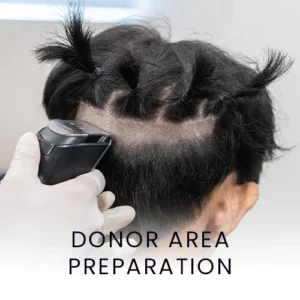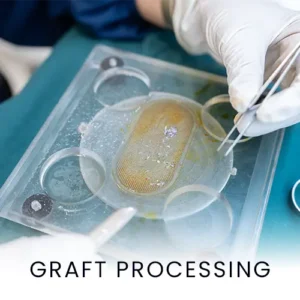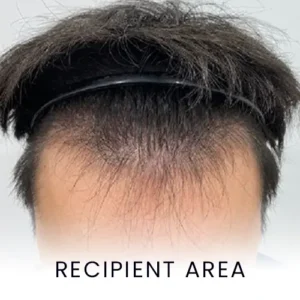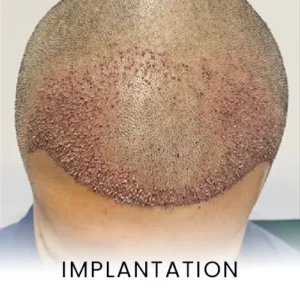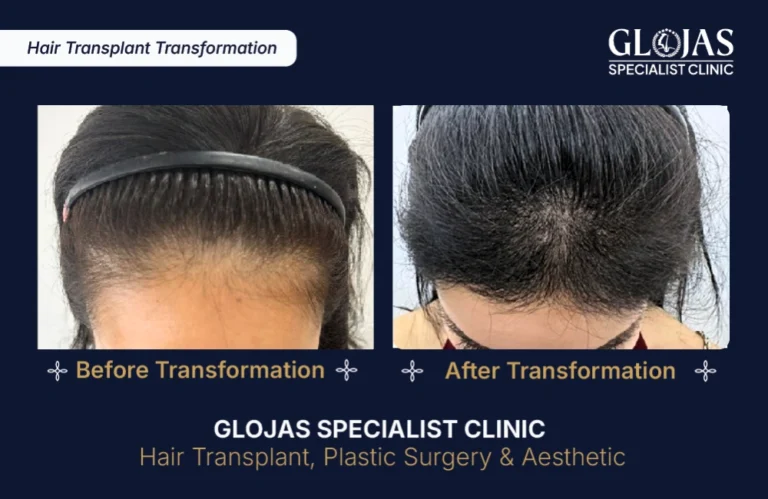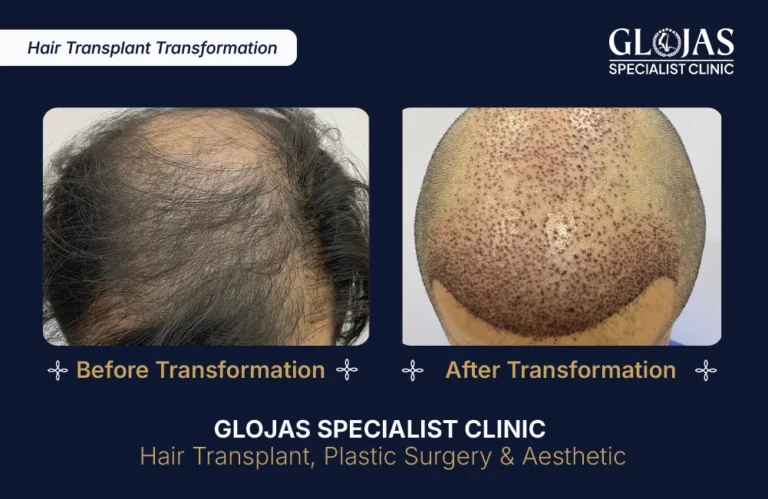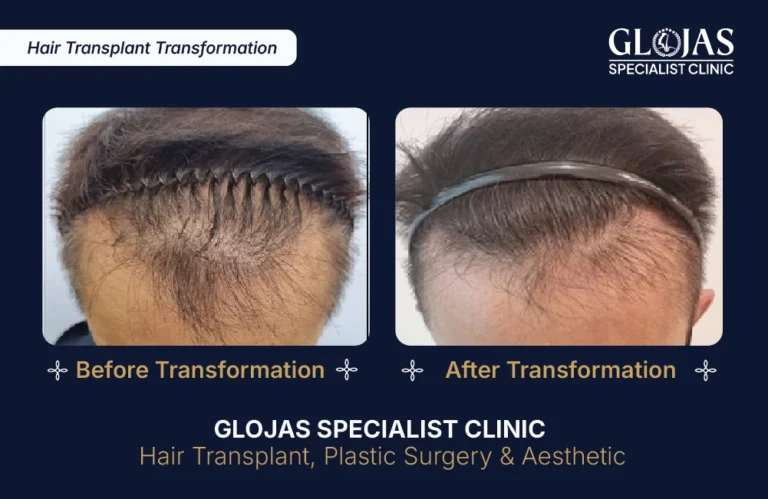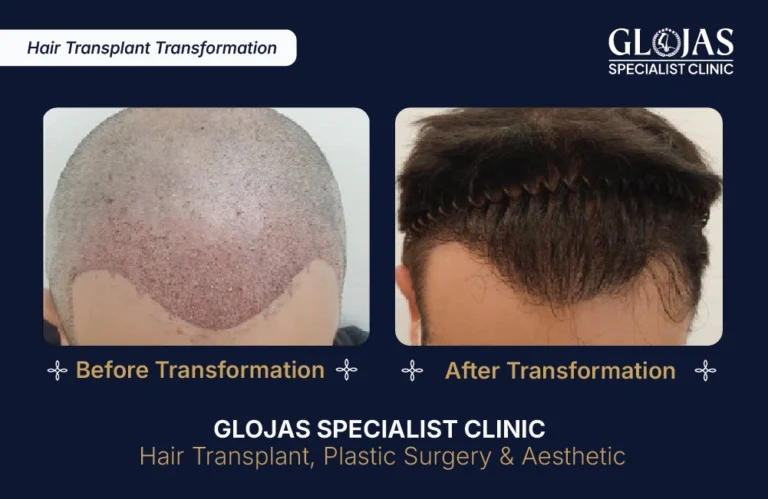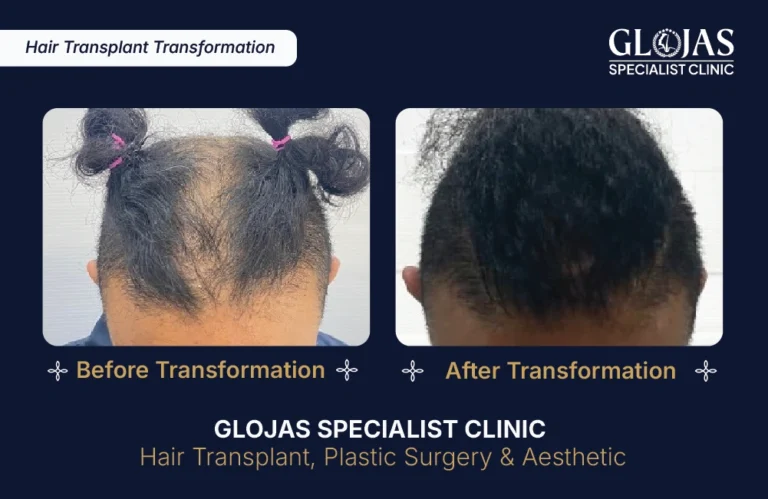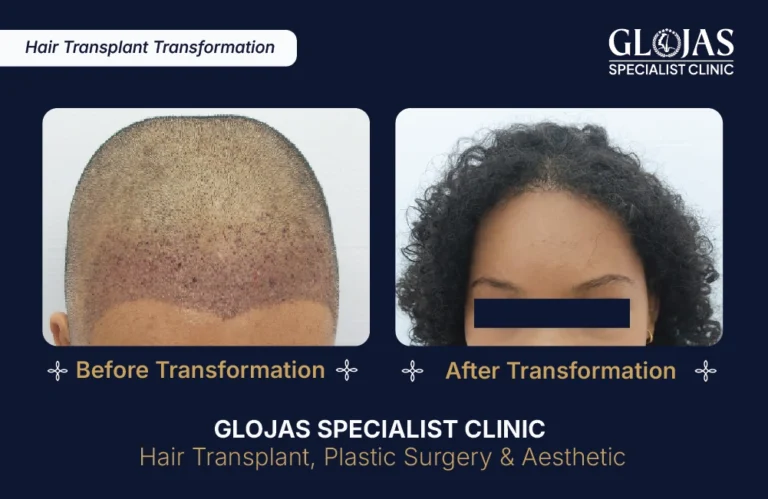GLOJAS Hair Transplant Clinic in Kuala Lumpur is a trusted leader for hair implant Malaysia. We use the advanced SMART™ FUE technique for natural, permanent results. This minimally invasive method requires no cuts, stitches, or scars, making it the top choice for many.
Our process begins with a thorough scalp assessment. We evaluate your hair loss, scalp condition, and donor hair. Then, our experts create a personalized plan, selecting only healthy follicles for lifelong growth.
All procedures are performed by accredited surgeon in a sterile environment. We do not use assistants or nurses for grafting, ensuring precision and safety.
Located in the modern Sri Hartamas clinic, the SMART™ FUE procedure is painless and scar-free. It promotes a smooth recovery and natural-looking results.
We shape a custom hairline that matches your natural hair angle, density, and facial features. Every hair is carefully placed to look natural.
Following international standards, GLOJAS provides safe, personalized care with quick healing and guaranteed results that boost your confidence.
With over 27 years of experience and thousands of successful procedures, GLOJAS is one of the best hair transplant clinic Malaysia We are trusted by patients from around the world.
If you’re looking for best hair transplant Johor Bahru, we are the best option for you! Start your hair restoration today. Contact GLOJAS for a free consultation and enjoy natural, permanent hair growth.













